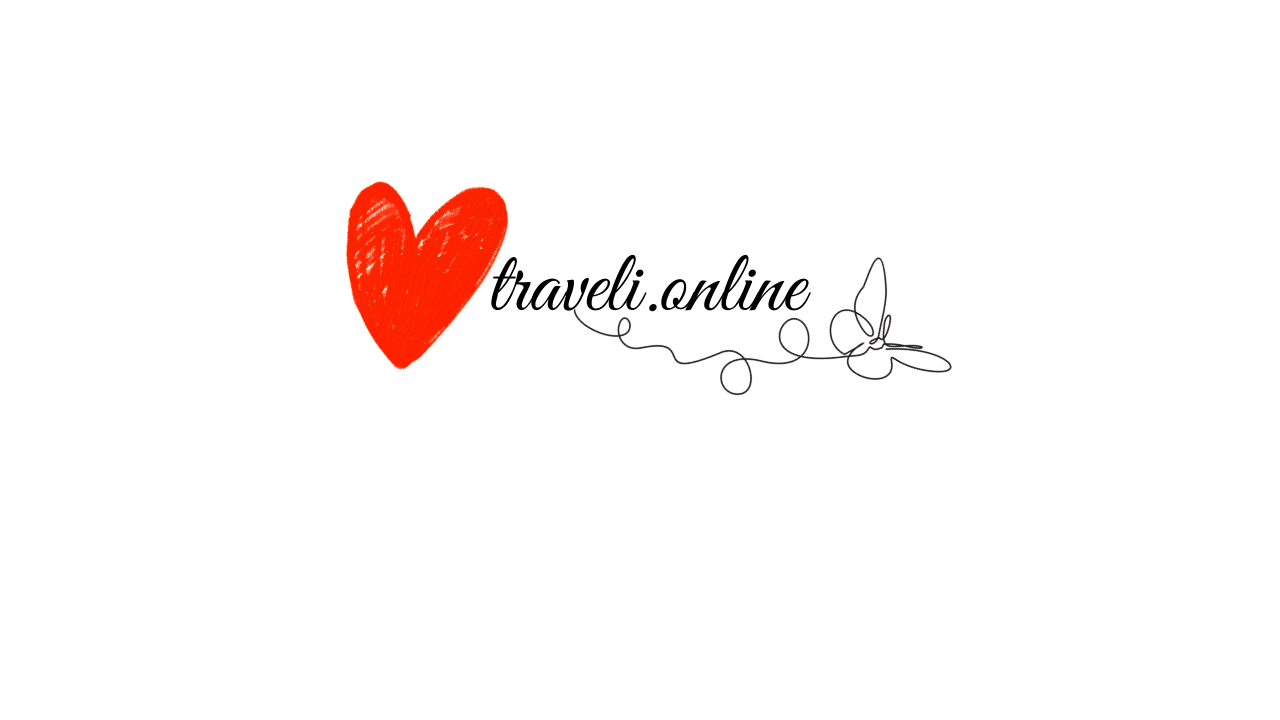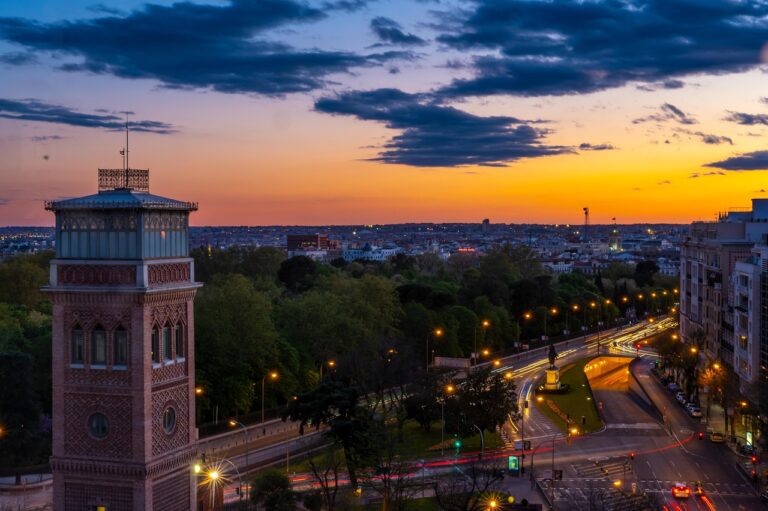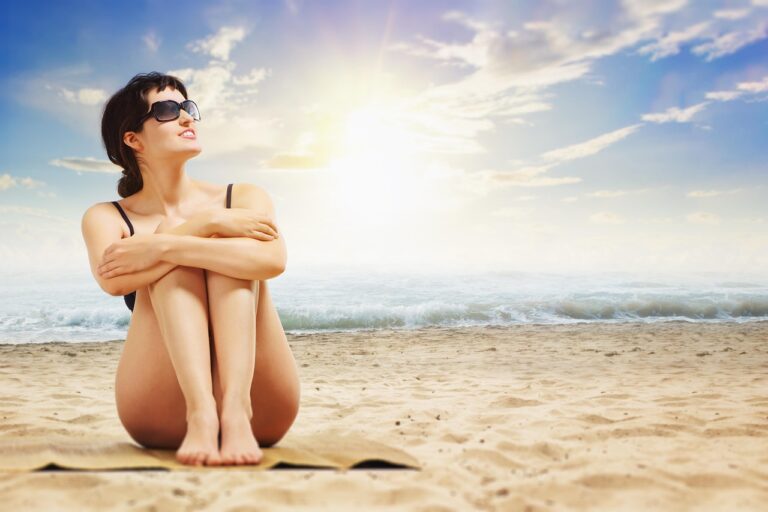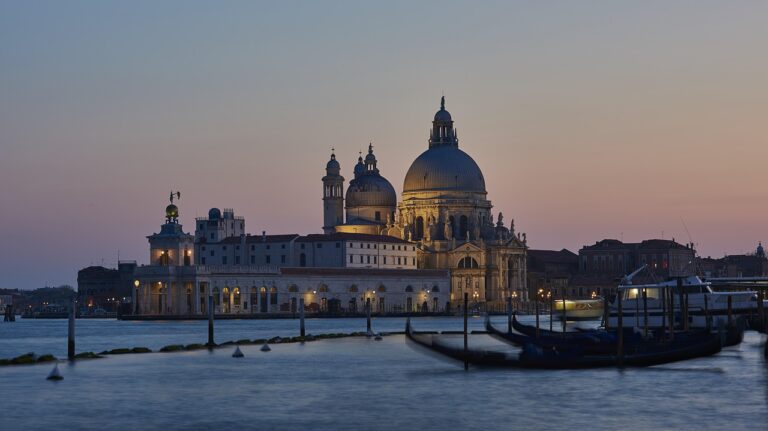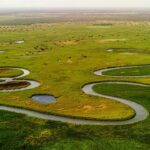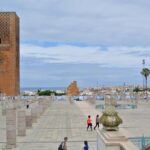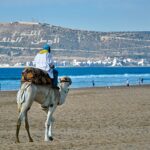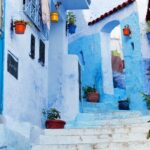The Okavango Delta is the second largest inland delta in the world. A UNESCO World Heritage Site, it attracts increasing numbers of tourists who appreciate its pristine, wild nature.
Several parts of the delta are inaccessible when water from the Okavango River arrives from Angola, filling the swamps between December-January and May-June.
It’s hard to miss one of the world’s largest inland deltas when traveling to Botswana. The Okavango Delta is a great destination for wildlife enthusiasts and nature lovers. Located in northern Botswana, this vast oasis is one of the most visited places by safari enthusiasts, thanks to its abundant wildlife and picturesque wetlands. It is a haven for many animal species. Find in this guide some ideas for exploring this natural paradise.
Presentation
- Country: Botswana
- Area: 18,000 km²
- District: Northwestern Botswana
- Status: UNESCO World Heritage Site (since 2014)
- Currency: Pula (1 € = 13.21 €)
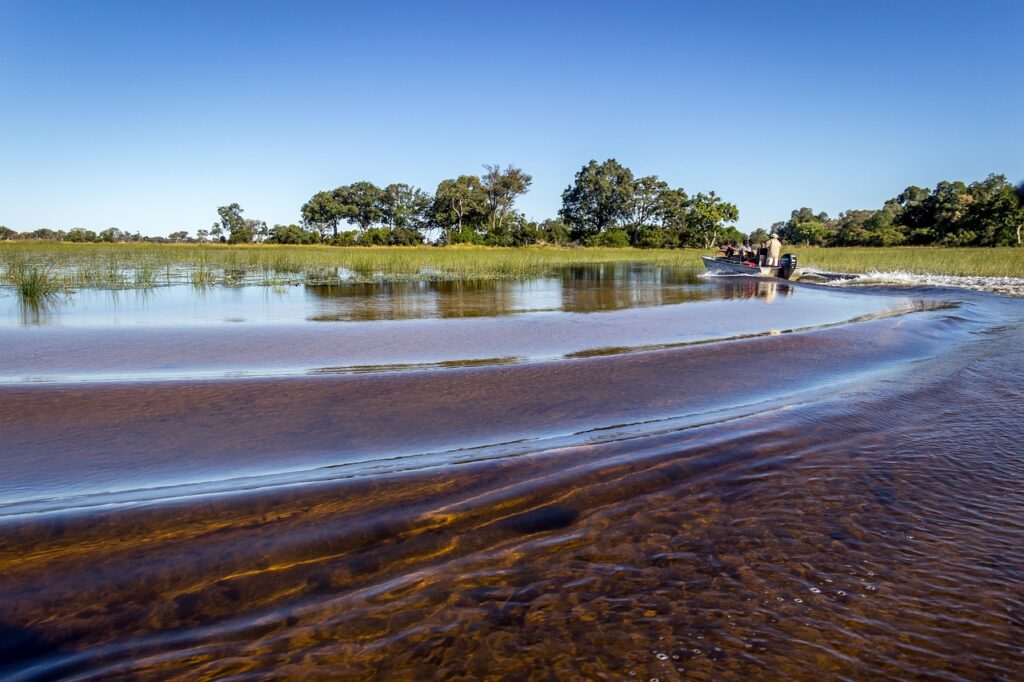
Where is the Okavango Delta?
The Okavango Delta is the second largest inland delta in the world, after the Niger Inland Delta. It covers an area of 18,000 km², compared to 40,000 km² for the Niger Delta. The Okavango is an 1800 km long river originating in the reliefs of Angola. It has become endorheic since the disappearance of Lake Makgadikgadi, to which it was connected, around 10,000 years ago. This means that the river flows inland instead of flowing into the sea.
The Okavango Delta flows through Angola and Namibia before draining into the Kalahari Desert. Flowing through salt flats and arid lands, this oasis of life supports the survival of endangered large mammals. The delta is shaped like a flared hand with a wrist. It has a narrow strip of land between the delta and Shakawe called the Panhandle. A third of its area is part of the Moremi Game Reserve.
The History of the Okavango Delta
The delta’s location was occupied by the great Lake Makgadikgadi 2.5 million years ago. This combined the waters of the Cuito, Okavango, and Zambezi rivers. Under the influence of climate, the lake shrank and split into two. The first corresponds to the present-day dry Lake Makgadikgadi, the other to the present-day Okavango Delta. A river connects the two systems: the Boteti.
The people of the Okavango Delta
The Okavango Delta is inhabited by many ethnic groups, such as the Dceriku, Hambukushu, Wayeyi, Bukakhwe, and Gwanekwe. The Hambukushu, Wayeyi, and Dceriku are Bantu. They live from millet farming, fishing, and hunting. Other ethnic groups are hunters, gatherers, and fishermen.
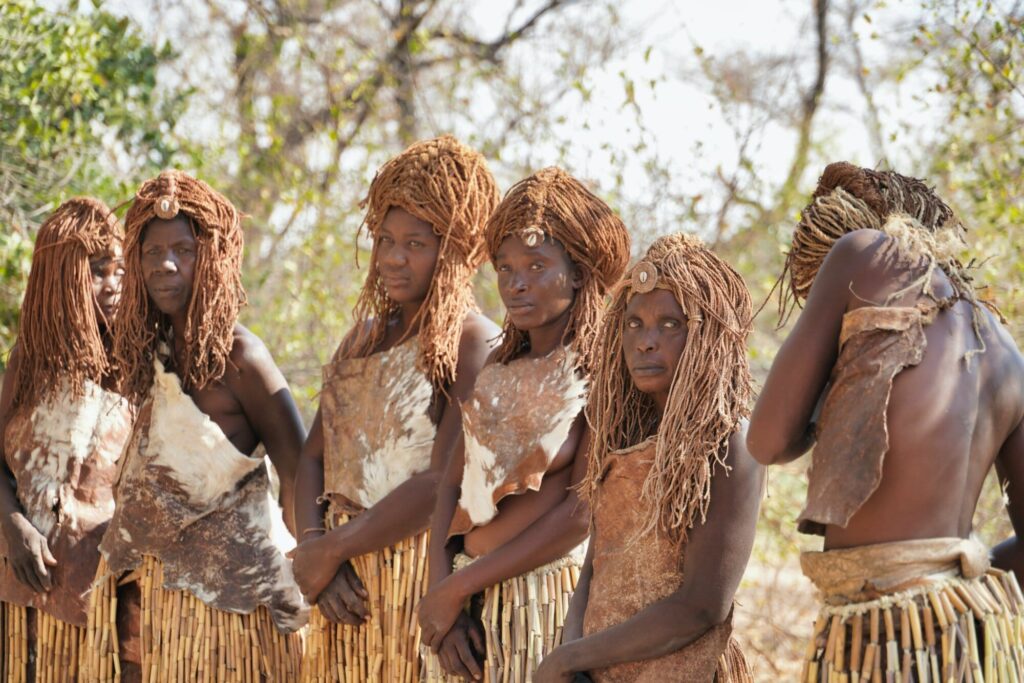
The best time to go to the Okavango Delta
Botswana’s Inland Delta can be visited at any time of year . However, you can choose your time of visit depending on what you plan to see.
For mokoro safaris and boat tours, consider a trip between June and September. During this time, the river waters are high and the animals are moving towards the delta. In addition, the climate is more pleasant during these months. Temperatures are ambient during the day, and it gets cooler at night.
Traveling in April and May is also a good idea, as the temperatures are pleasant. In addition, there are fewer people, as tourist numbers are low during this period.
Some ideas for visiting the Okavango Delta
Here are the main activities you can do once you arrive in the Okavango Delta.
Take an aerial safari in a private plane
A private jet flight allows you to explore the gems of the Delta. The aerial safari offers breathtaking views of herds of elephants, hunting lions, and hundreds of irrigation canals flowing from the delta. While visiting the magnificent oasis from the air is expensive, it does allow you to admire the lush vegetation and natural landscape surrounding it.
Explore the delta on a mokoro safari
There’s nothing more fun than seeing animals up close. For this, choose a water safari aboard a traditional African pirogue, the mokoro. If you’ve had the opportunity to travel to Italy, this one will remind you of the Venetian gondola. Its pilot, using a pole to steer the boat in shallow water, sits at the back. During the tour, he can tell you the stories of the tribes and ancestors who occupied the area.
Go hiking for a complete immersion
Hiking is a great way to explore the area if you think that a mokoro trip doesn’t allow you to get a closer look at the wildlife. Indeed, walking in the Okavango Delta allows you to fully immerse yourself in this elephant paradise. During the green season, these giants of nature come to cool off in the wet plains and tall grass. Along the way, you might encounter buffalo or lions.
To admire these animals that make Botswana and Africa famous, you will be accompanied by a guide or tracker. Do you know the golden rules in the wild, like this one? No sudden movements, and remain silent…
Meet large predators on a 4×4 safari
A 4×4 safari is a classic way to visit a natural site in Africa. Aboard an off-road vehicle, you can see every nook and cranny of the Okavango Delta. A car safari is even recommended if you are afraid of encountering predators and big cats, as is the case when hiking.
Take a boat cruise in the waters of natural paradise
If you’re looking for a great adventure, opt for a boat cruise in the waters of the Okavango Delta. To enjoy this, simply contact your lodge, provided that it offers such an excursion. If you are a couple, enjoy a romantic moment on board the boat admiring the sunrises and sunsets enhanced by a beautiful landscape. During the cruise, appreciate the stopover at an islet during which you can have an aperitif or breakfast with your feet on land.
Must-see animals in the Okavango Delta
Thousands of tourists are attracted to the delta each year because of its incomparable richness of flora and fauna. It is home to numerous animal species, such as the African elephant, the hippopotamus, the black wildebeest, the Nile crocodile, and the warthog. During your stay in the Okavango Delta, you can also come across lions, cheetahs, hyenas, wild dogs, and black and white rhinoceroses.
The wonderful oasis is also a sanctuary for many bird species, such as the sacred ibis, the royal crane, and the African fish eagle. Finally, like other rivers in sub-Saharan Africa, the waters can be populated by tiger fish. Being carnivores, they are more dangerous than the piranhas of Latin America.
How to get to the Okavango Delta?
To get to the Okavango Delta, you must first fly to Botswana. The problem is that few countries offer direct flights to the country. Therefore, if you are flying from Europe, we recommend landing in Johannesburg or Cape Town, South Africa. You can then fly to Gaborone or Kasane, followed by a local flight to Maun. Maun Airport is 110 km from the Okavango Delta. To make this remaining journey, you have two options.
Take a charter plane
This option is the fastest and most comfortable way to get to the delta. However, it is also the most expensive. To save time, you can take such a plane from Kasane or Gaborone airport without stopping in Maun.
Rent a car
The second option for getting to the Okavango Delta from Maun is to rent a car. Traveling the 110 km can take about 6 hours. Driving from Kasane Airport is also possible, but the journey is long. The 687 km route takes 12 hours. If you’re driving from Gaborone Airport, which is 930 km from the delta, you’ll spend about 15 hours on the road.
